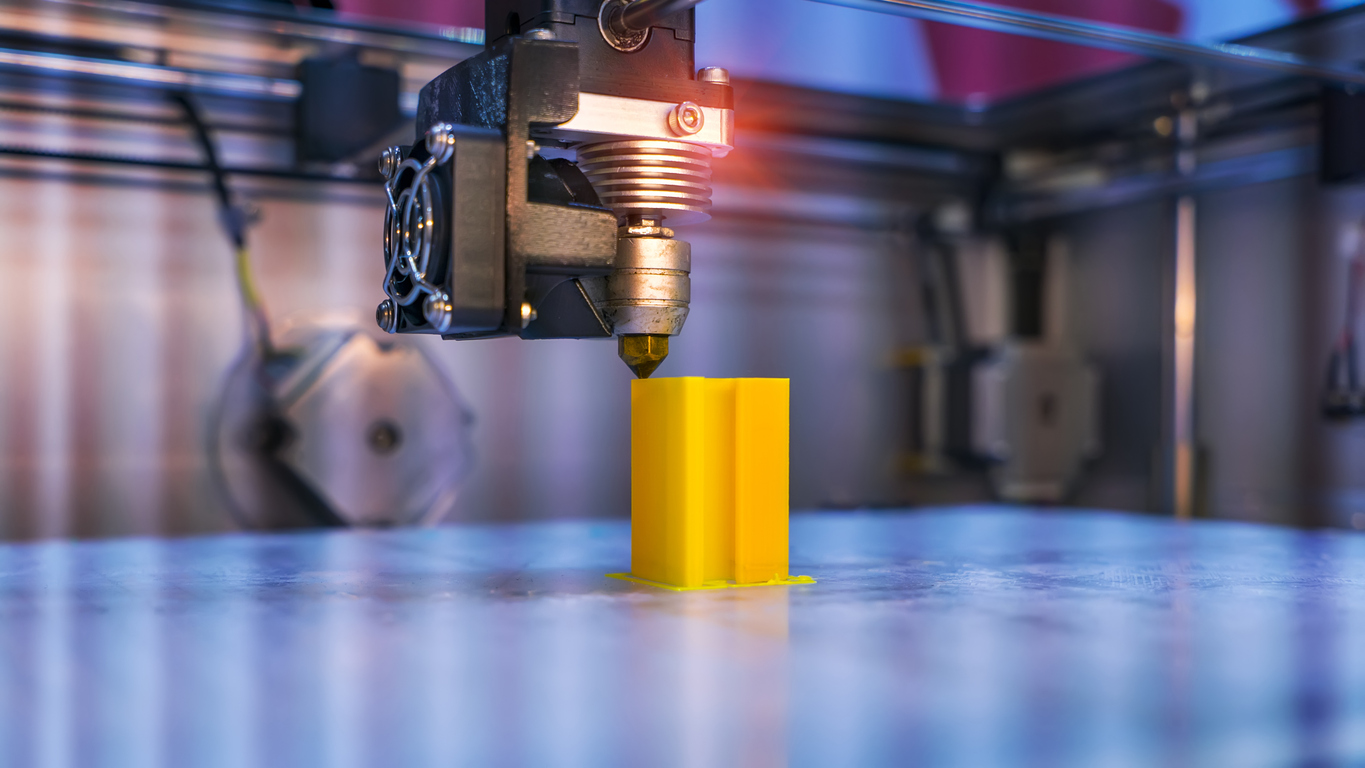3D printer to bring learning to life in Westray

A new generation of learners being inspired at Westray Junior High School thanks to the purchase of a 3D printer.
The purchase is the result of a successful bid by Orkney Islands Council for a Scottish Government grant of £2,500 for each of the secondaries and junior high schools.
Westray used its money to purchase a 3D, which is helping teachers such as Dr James Hill at Westray, reach a new level of student engagement.
The grant was specifically to purchase equipment for the delivery of computing science in secondary schools.
Dr Hill said: “It will be used to allow students to design components for robotics projects. With this we can design chassis and parts for many different types of robotic movement. We can build bases to hold components and the students will get a chance to see how the design process works.
“They will need to solve problems such as positioning holes for fixings exactly as they are laid out on a printed circuit board, for example. It will also be used to make many small and useful items for the school. We don’t have much of a budget, being a school with only around 30 pupils, so to be able to make useful items that we don’t have to buy is going to be very handy.
“I’ve been doing some test printing. I did print out a rack for microcentrifuge tubes which is something we didn’t have.
“All students in the school (Primary and Secondary) will be able to design objects to print. Each print can take a long time, so the printer itself will be operated as a facility, with students and classes putting forward their models which will go into some kind of print queue. Teachers at Westray will already be thinking about how they can use the printer in their learning plans. There is a camera on the printer, so the print process can be watched via the internet.”
There are a number of reasons why 3D printers in the classroom are deemed beneficial. They can give pupils a more hands-on experience, taking concepts from the theoretical in a textbook to the practical, and enabling them to see the value of lessons in the form of real-world problem solving.
Dr Hill added: “To be able to manufacture components for engineering projects is a huge learning experience for the students. It can also be used to produce artistic sculptures.
“In a science lab we always find out there is something we need that we haven’t got. Now we can print it!
“The students are very excited about the printer. They are pleased that our school can access technology that many other, bigger schools have.”

